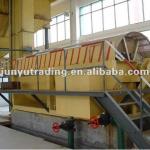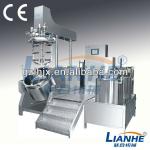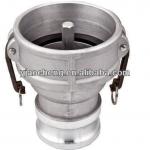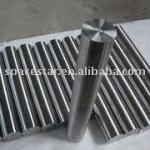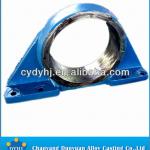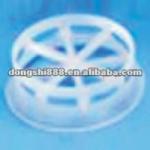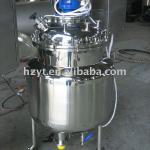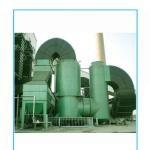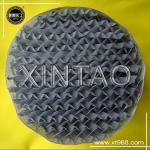Chemical Industry Reaction Sodium Perchlorate NaClO4 Electrolyzer
| Place of Origin:Jiangsu China (Mainland) | Brand Name:FG | Model Number:EL-003 |
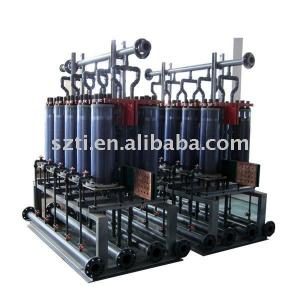
Name: Chemical Industry Reaction Sodium Perchlorate NaClO4 Electrolyzer
Item No. EL-003
Specifications:
Anode Material: Ceramic Base/Lead Dioxide Coating
Cathode Material: SUS304
Consumption of Electrolyzing : <2500 tons
Current Density: <1500A/m2
Service Life of Anode: >12months
Features:
1. Electrolyzers for producing sodium chlorate and potassium chlorate.
2. Low consumption power.
3. High working efficiency.
Application:
Electrochemistry.
1. Effluent treatment
2. Organic electrosynthesis
3. Oxidant production and regeneration such as perchloride, iodate, chromic anhydride and persulphate etc.
4. Industrial electroplating such as Zn and Cr plating etc.
Introduction:
An electrolytic cell decomposes chemical compounds by means of electrical energy, in a process called electrolysis; the Greek word lysis means to break up. The result is that the chemical energy is increased. Important examples of electrolysis are the decomposition of water into hydrogen and oxygen, and bauxite into aluminium and other chemicals.
An electrolytic cell has three component parts: an electrolyte and two electrodes (a cathode and an anode). The electrolyte is usually a solution of water or other solvents in which ions are dissolved. Molten salts such as sodium chloride are also electrolytes. When driven by an external voltage applied to the electrodes, the electrolyte provides ions that flow to and from the electrodes, where charge-transferring, or faradaic, or redox, reactions can take place. Only for an external electrical potential (i.e. voltage) of the correct polarity and large enough magnitude can an electrolytic cell decompose a normally stable or inert chemical compound in the solution. The electrical energy provided undoes the effect of spontaneous chemical reactions.

| Packaging Detail:Standard Export Wooden Boxes. |
| Delivery Detail:Depends on design. Usually 60 days. |



